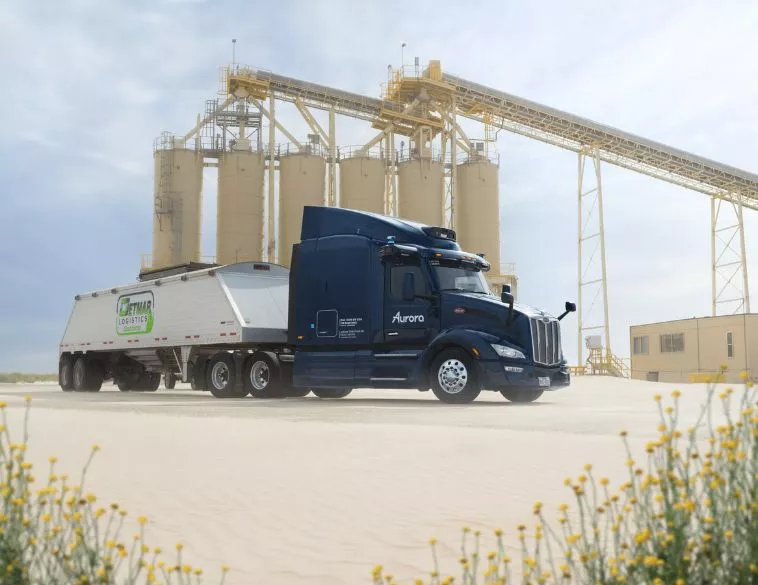Not Too Cool to Pool

The benefits of strong municipal fleet share programs
A 2019 McKinsey and Company study revealed that more than 40 million ride-share trips were booked on the two largest platforms every day. In the post-COVID-19 world, however, some organizations have sanitation or security issues with external ride shares and are implementing internal fleet share programs for their administrative fleet needs. It makes sense when vehicles are at a premium to do more with what you have.
The fleet share program can provide employees with the right vehicle to do the job, in a convenient location, at the time needed by the driver. These four principles need to be respected for the program to be successful.
Right vehicles. The vehicle type of the shared asset must be aligned to the purpose needed by users. Pools should have a mixture of vehicle types to satisfy administrative, operational, and other defined needs. In addition to this, vehicles must be of a type familiar to drivers to minimize the training required. Pools are a good opportunity to introduce sustainable options, and these should be the priority in pool vehicle selection.
Right quantities. Each pool location should be tailored with the right number of vehicles to meet needs. Vehicles allocated for overnight travel to training or conferences should be based on travel statistics. Vehicles supplementing known operational functions will be based on established spare ratios.
Right place. The location of the vehicle pool(s) will dictate how often they are used. Employees will drive their own vehicles or call a rideshare if it is inconvenient to access a fleet share vehicle. Secure storage and adequate well-lit parking are required for the pool vehicles as well as the driver’s vehicle (if left on site). Electric vehicle charging infrastructure should be added as necessary.
Right time. Some travel can be planned, whereas other travel may be required at the last minute. Employees need to be confident that safe, reliable vehicles will be there when needed or they will not even check pool availability. Vehicles should be accessible 24 hours a day and drivers should be able to schedule reservations online from their phones or desk.
A fleet share program is only as effective as its planning and funding. We are not talking about the motor pools of the past where aging assets are parked at the back of the yard and you grab the keys from the shop. Successful fleet share programs are secure and no-contact—from the point of making the reservation to accessing the keys to vehicle pick-up and return. This approach adds to employees’ confidence in the system and their likelihood to use it. Overall, a properly implemented internal fleet share program can reduce the number of fleet assets held and promote sustainability goals while ensuring mobility needs are met.



